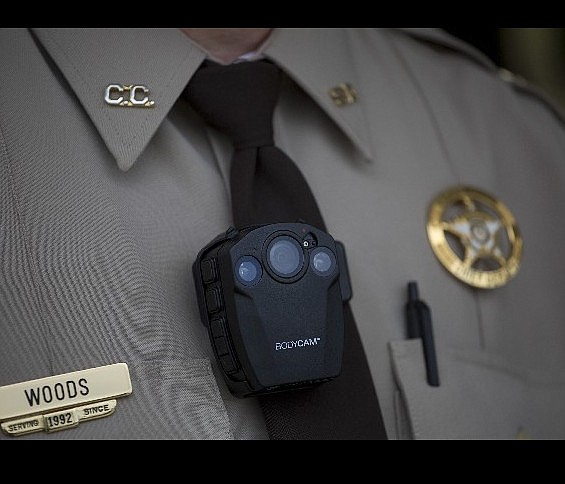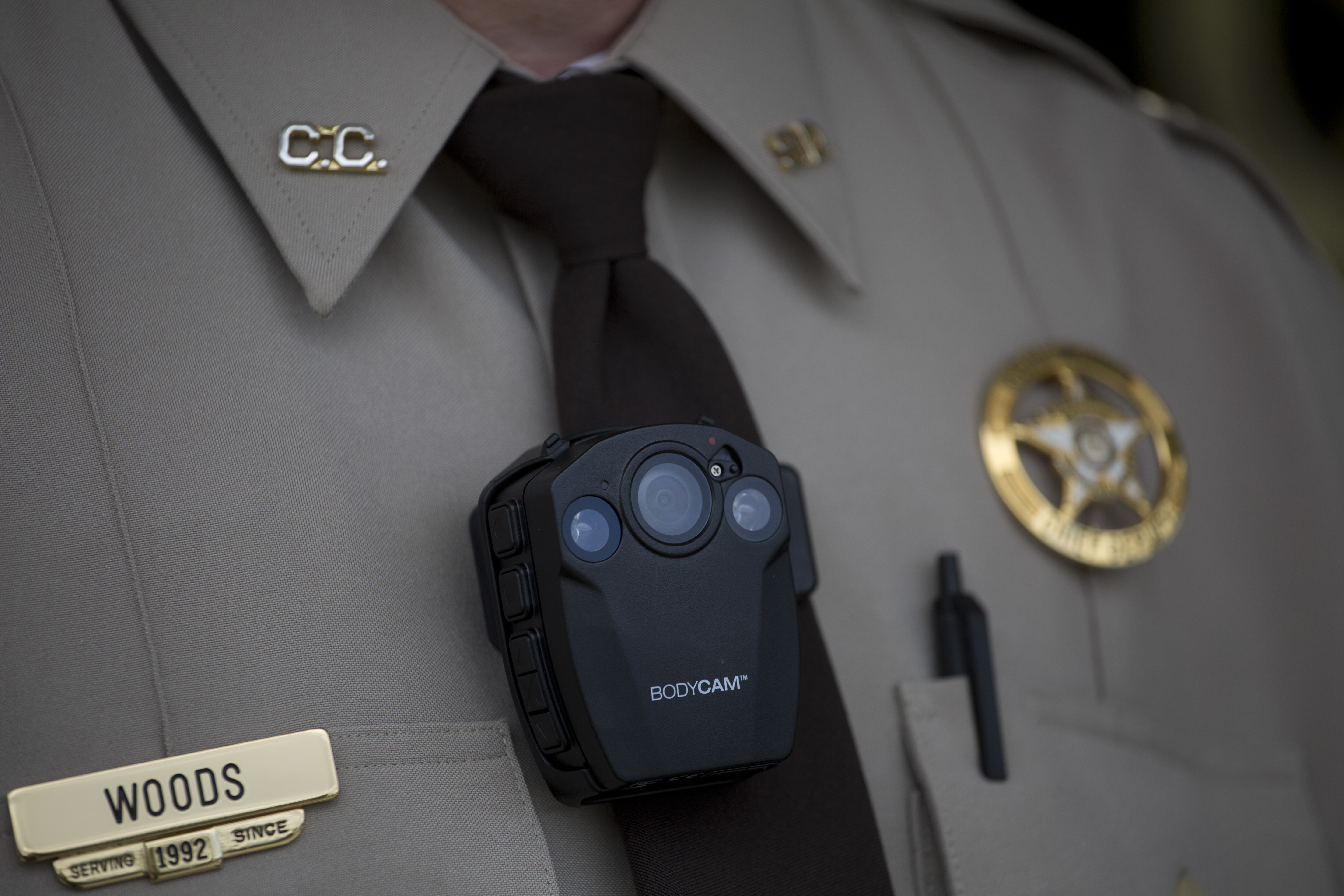LYERLY, Ga. - Herbert Morehead couldn't drive past that house at the end of his street without some sort of argument.
Morehead, 60, always yelled at the occupants of 54 Taliaferro Springs Road. Or they yelled at him. Each side threatened the other and a couple times a week, Lyerly Security Guard -- the town doesn't have police officers -- John Jones drove to that house to keep the peace.
"You've got to know these people," Jones said of Morehead's neighbors. "They can get you agitated real quick. That's the type of people they are. They don't care what they say to you, what they do."
One night last March, Morehead found garbage in the road in front of that house. He kicked a cup into the yard and yelled at the woman who lived there. She later told police that Morehead drove around the block, came back and tried to run her over.
It's unclear whether that actually happened. But after the confrontation, Morehead drove to Jones' house to complain. The family followed -- five of them, Jones said, all in an old Georgia State Patrol car that they somehow acquired.
About an hour later, around 9:45 p.m., a marked car pulled into Morehead's yard. Morehead dialed 911. He told the dispatcher that somebody was outside. He told her about the previous argument, told her that he thought the driver of the Georgia State Patrol car had found him.
In fact, Chattooga County Deputy Chris Clark stood on the side of the house, knocking on the door. He wanted to ask Morehead about the earlier confrontation.
Morehead walked out the back door with a semi-automatic rifle, around to where Clark stood. The men could barely see each other in the dark. On the phone, the dispatcher heard two loud noises. Bang! Bang!
About 10 feet away, Clark called out, "Sheriff's office! Sheriff's office! Don't shoot! Don't shoot!"
"Put that gun right down!" Morehead yelled at Clark. "Stop! Who are you!"
"I will," Clark said. "I will."
"Put the light down!" Morehead yelled, referring to Clark's flashlight.
Then, the dispatcher heard Morehead's mobile phone drop, followed by a series of gunshots, then a man whimpering.
"Listen to me," the dispatcher said. "Get back in the house. Mr. Morehead ... Mr. Morehead ... Mr. Morehead?"
When other deputies responded, they found Morehead lying on his back, dead from a shot to the chest. A couple of hours later, Clark told the Georgia Bureau of Investigation what happened from his point of view.
He said he told Morehead to drop his weapon, even though the audio recording from the 911 call captured a different exchange: Morehead telling Clark to put down his gun, and Clark promising to comply.
Then, Clark said, Morehead fired a shot at him. Clark said he fired one back, hitting Morehead in the chest. He said Morehead fired one last shot while falling to the ground, missing the deputy again.
In all, they fired three shots.
"He had the ability to take my life," Clark said.
There were no other witnesses, no other perspectives on what happened that night. Two months later, Lookout Mountain Judicial Circuit District Attorney Herbert "Buzz" Franklin cleared the deputy of any criminal charges.
"Chris Clark was justified in his actions in shooting Herbert Morehead," he wrote to the GBI.
Video evidence
Two weeks ago, seven months after Morehead's death, Chattooga County Sheriff Mark Schrader ordered 23 body-mounted cameras, the devices that have become the subject of a national debate in the wake of a Ferguson, Mo., police officer's killing of unarmed teenager Michael Brown.
In that case, some witnesses say Brown stuck his hands in the air and begged Officer Darren Wilson not to shoot. Wilson, meanwhile, told his superiors that Brown attacked him, that he killed the teenager in self-defense.
Proponents of body-mounted cameras say video evidence would prove exactly what led to Brown's death. Police chiefs across the country have since said that they are looking into the technology, and the Obama administration has announced that it supports laws requiring police officers to wear body-mounted cameras.
For his part, Schrader said he has wanted the technology for years and experimented with a cheap camera in 2009. He found that the video and sound quality wasn't good enough back then, but the new versions will provide a clear picture of what an officer sees.
He spent about $7,000 on the cameras, which he paid for through his office's civil asset forfeiture fund. He said he didn't buy them because of the death of Michael Brown. He didn't buy them because of the death of Herbert Morehead, either.
But he wishes he could know specifically what Clark saw that night in March.
"It still would have been nice to have something like that, to have it recorded," said Schrader, who added that Clark could not do an interview for this story because of a family emergency.
The Chattooga County Sheriff's Office is one of the few local law enforcement agencies with body-mounted cameras, though other sheriffs and chiefs say they will get the technology -- eventually.
Walker County Sheriff Steve Wilson said he is interested in the cameras. Dade County Capt. Tommy Bradford is, too.
In Tennessee, the town of Kimball spent $5,300 on nine body-mounted cameras earlier this month. Hamilton County Sheriff Jim Hammond said his department hopes to rent body cameras and experiment with them in the coming months.
Chattanooga police Chief Fred Fletcher said officers have wanted body cameras for years but struggle to get the funding.
For his department, he estimates that buying body-mounted cameras would cost about $350,000. And then the department would have to spend more money on computer servers to store all the videos that police collected as potential evidence.
"I would very much like to have body cameras for every police officer," Fletcher said. "That comes down to resources to fund it. ... Every officer I've spoken to wants to have them. I support them. Most executives in my position support them."
Critics say the devices would violate people's privacy, especially when police officers respond to calls inside a home. Others are concerned that defense attorneys will use the videos to unfairly pick apart a criminal case, slowing down the video to point out every little mistake an officer made during an investigation.
Not always conclusive
GBI Special Agent Joe Montgomery, the lead investigator in the Morehead killing, said a body-mounted camera would not have provided useful evidence about the shooting. It was dark outside, and Clark moved quickly as the bullets were flying.
Plus, Montgomery said, the physical evidence in the case matched Clark's statements: "It was kind of cut and dry if you ask me," he said.
But the available evidence creates questions. First, Clark said three shots were fired that night: One by Morehead, one in response from Clark, then one last one from Morehead.
But the GBI collected two bullet casings at the scene. One casing came from Clark's gun, the other potentially from Morehead's gun -- the GBI's ballistics test on that second casing was inconclusive.
Morehead's personality also complicates the issue. He was a hoarder. Broken pieces of furniture, old clothes, old car parts and baby toys scattered his yard. Casings from either man's gun could still be sitting in his yard, buried underneath relics from Morehead's 60 years of living.
One of Morehead's friends said that he found two more bullet casings next to where he died the day after the shooting. The GBI did not collect or examine those.
"You got to remember what part of the county you are in," Montgomery said. "They shoot all the time. There are probably shell casings all over the ground."
Also, the audio recording of Morehead's 911 call sounds like it conflicts with Clark's version of events. In the recording, the dispatcher heard two loud bangs and asked Morehead who was shooting.
Then, Morehead yelled at Clark before the dispatcher heard another series of loud bangs. In all, there were at least four bangs, with arguing in between.
But Montgomery said Clark's statement about the shooting lines up with the audio recording. The first loud bang on the recording, Montgomery said, is the sound of the back door closing as Morehead walked outside. The other bangs are gunshots, which sound similar to the door closing.
"It's a big door," Montgomery said. "It slams."
Clark's version of events could be true, but Morehead's loved ones don't believe it. They never will.
They believe Morehead shot in the air twice, trying to scare away the family down the street, not knowing a deputy was in his yard. From there, they aren't sure what happened, but they don't think Morehead should have died.
Said Millie Wilson, his girlfriend of 11 years: "There's no way he leveled down and shot at that officer. The officer can say he did, but he didn't."
Said Jeff Staton, Morehead's best friend: "He was smart. He knows not to mess with the law."
Said Danny Wooten, a former co-worker who talked to him right before Morehead called 911 that night: "He didn't come out blazin' at the damn cop. You'll never get me believin' that."
As he thought about the shooting, Wooten stood on the spot where Morehead died. He looked behind and up, to a tree, to a part on the tree about 12 feet high.
Wooten pointed to a section of the tree where a chunk had been stripped off. He believes a bullet cut against the trunk. He believes Morehead fired that bullet seconds before he died -- up and behind him.
"I knew the man too long," Wooten said. "He was shooting in the air."
Contact Staff Writer Tyler Jett at tjett@timesfreepress.com or at 423-757-6476.

